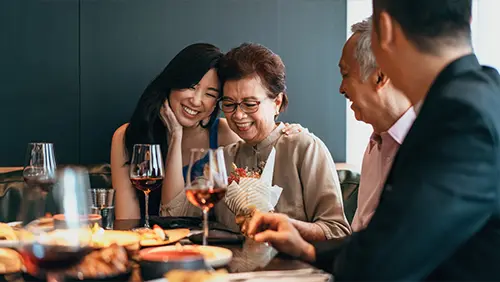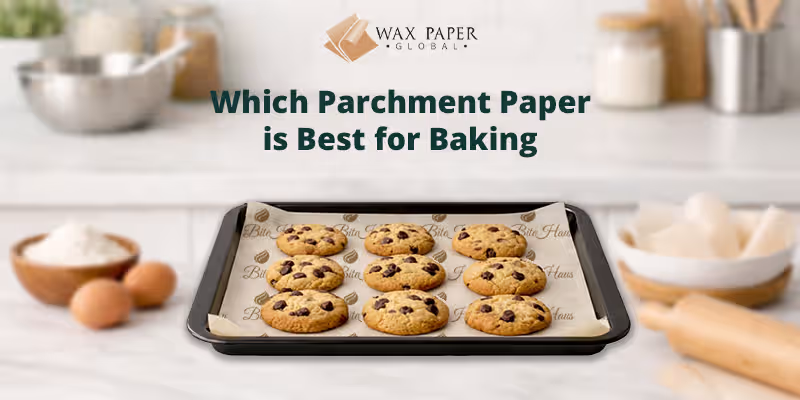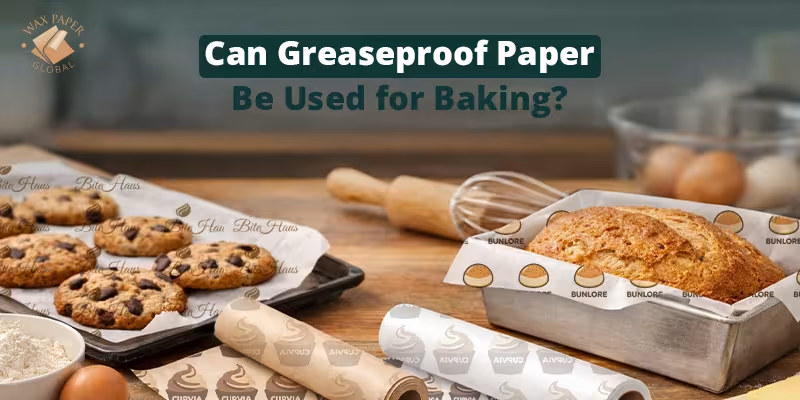Why do some people document their meals on social media while others gravitate toward farm-to-table dining? Food, in all its forms, is more than sustenance, it is a universal language that connects people, evokes emotions, and reflects individual identities.
From the comforting warmth of a family recipe to the thrill of exploring exotic cuisines, the dining choices of customers often mirror their personalities, values, and aspirations.
For those who consider food more than just a necessity, but a passion, the term foodie is often used. Being a foodie is not just about taste, it is about the experience, the stories behind the dishes, and the cultural connections they create.
As society evolves, so too does the way we engage with food. Cultural shifts, advancements in technology, and an increasing awareness of sustainability are reshaping the dining experience.
These changes reveal fascinating insights into the psychology of foodies and the broader trends shaping our culinary world. For food businesses, understanding the psychology of today’s foodies is essential to meeting these evolving demands.
Food has always been central to human existence, but its role in our lives has significantly evolved over time. In the past, dining preferences were largely dictated by necessity depending upon was locally available, affordable, and easy to prepare.
Traditional dishes were deeply rooted in cultural practices, often serving as a way to sustain communities during challenging times or mark significant celebrations.
Fast forward to today, and food has transcended its utilitarian purpose to become a form of self-expression. Modern dining is a way to showcase identity, creativity, and personal values.
Whether it is indulging in an authentic street dish during travel, mastering the art of sourdough bread at home, or opting for a plant-based lifestyle, food choices now reflect who we are and how we engage with the world around us.
As consumer dining preferences continue to evolve, packaging trends are also shifting towards more sustainable and aesthetically-driven solutions.
Custom-designed food paper has become increasingly popular, offering a unique way to elevate presentation while supporting sustainability initiatives.
Some of the major factors driving this shift are explained below:
Advancements in transportation and communication have brought the world’s cuisines closer than ever before. Once-exotic ingredients and recipes are now accessible to the average home cook, allowing people to explore diverse culinary traditions without leaving their kitchens.
Platforms like Instagram and TikTok have revolutionized how people interact with food. Visual storytelling has made meals as much about aesthetics as taste, with foodies eagerly seeking out photogenic dishes and viral trends.
Social media has also enabled chefs and home cooks to share their creations globally, fostering a culture of culinary inspiration and innovation.
The use of these stylish wraps in food photography or videos further elevates the aesthetic, making the dish more shareable and memorable in an era where presentation is everything.
Today’s consumers are more informed about the impact of their food choices, from health considerations to environmental sustainability.
This awareness has driven a rise in demand for organic produce, plant-based alternatives, and ethically sourced ingredients.
Modern foodies are not only interested in how their meals taste but also how they align with their values, leading to more conscious and thoughtful dining habits.
The growing awareness of environmental challenges has significantly influenced dining preferences. More foodies are prioritizing sustainability, opting for farm-to-table dining, locally sourced ingredients, and waste-reduction practices.
Restaurants and food brands have responded by embracing eco-friendly initiatives such as compostable packaging, carbon-neutral menus, and food waste repurposing.
Together, these factors illustrate how food culture has evolved into a dynamic reflection of modern life. The choices people make at the table are inspired by global connections, technological advancements, and an ever-expanding appreciation for what food represents.
Custom-printed wax paper and parchment paper wraps are excellent examples of sustainable solutions, offering both functionality and reduced environmental impact.
When made from biodegradable materials, these wraps align with foodie values while enhancing the dining experience.

Food preferences are deeply influenced by sensory experiences, cultural backgrounds, and emotional connections. Understanding these factors reveals why certain dishes resonate with individuals and how food shapes personal identity.
The human brain interprets food through a rich interplay of senses—taste, smell, sight, and even touch. Each sensory input influences preferences, often subconsciously.
The flavor profile and aroma of dish can evoke powerful emotional reactions, from comfort to excitement. Spicy foods may thrill risk-takers, while sweet flavors often trigger feelings of happiness.
Presentation is equally critical. Bright, vibrant dishes signal freshness and health, naturally attracting diners. As an example, the sight of colorful fruit salads or artfully plated desserts can instantly pique curiosity and appetite.
Food preferences are deeply rooted in cultural and emotional contexts.
Growing up in a specific culture shapes how we perceive flavors and ingredients. Spices, cooking techniques, and meal customs often remain intrinsic to an individual’s palate.
Nostalgia also plays a major role. Dishes tied to childhood memories or special occasions carry emotional weight, drawing people toward familiar flavors. For example, a simple bowl of soup can evoke warmth and comfort when linked to memories of home.

The saying "we eat with our eyes first" is more relevant than ever. Invest in visually appealing presentations, whether it’s a vibrant menu design, eye-catching plating, or professional food photography for social media.
Foodies are naturally drawn to visually appealing dishes, making aesthetics an essential part of business strategy. Vibrant plating, unique presentations, and professional food photography can turn ordinary meals into shareable experiences.
By creating visually stunning offerings, businesses can encourage customers to showcase their meals on social media, enhancing brand visibility organically.
Beyond presentation, authenticity plays a significant role in capturing the interest of food enthusiasts. Sharing the story behind ingredients, recipes, or preparation methods fosters trust and connection with customers.
We understand the importance of connecting with foodies through thoughtful strategies. Our tailored food papers, designed to enhance presentation while being eco-friendly, offer the perfect balance of aesthetics and sustainability.
With our custom solutions, we help businesses create memorable dining experiences that resonate with modern food lovers.

Which Parchment Paper is Bes...
The guide, explaining which parchment paper is best for baking, how to choose, heat-limitation, and performance variatio...

Ultimate Guide to Parchment...
A complete guide on the manufacturing of parchment paper, its speciality, best uses, and how it compares to other regula...

Difference Between Greasepro...
Discover what makes greaseproof different from wax paper. Learn the uses, heat tolerance, and which one works best for b...

Can Greaseproof Paper Be Use...
Wondering if greaseproof paper works for baking? Discover its suitability, heat-safety, temperature limits, and ideal ty...